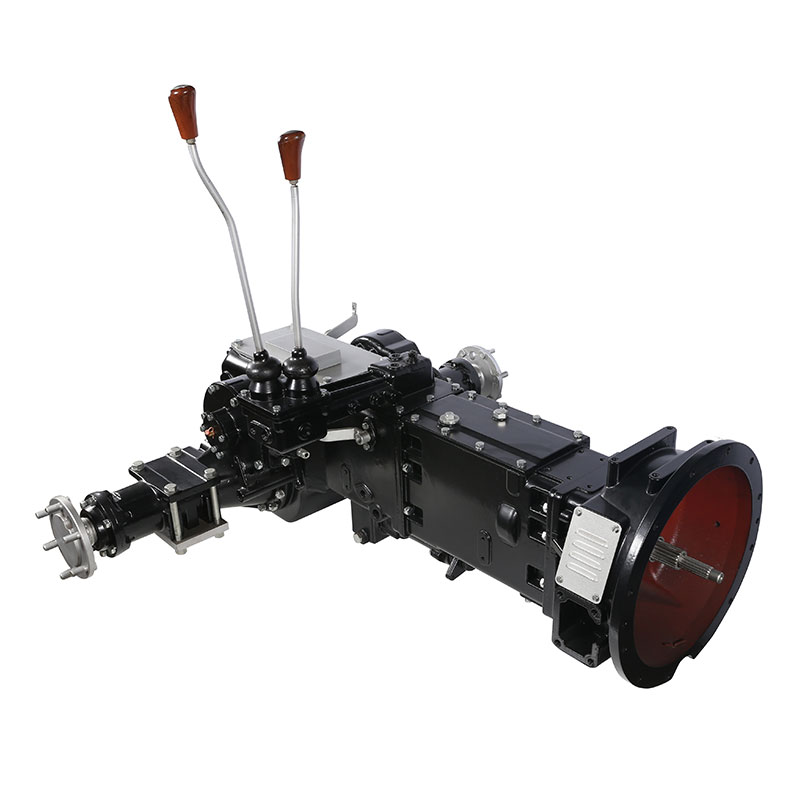 English
English Español
Español  Português
Português  русский
русский  Français
Français  日本語
日本語  Deutsch
Deutsch  tiếng Việt
tiếng Việt  Italiano
Italiano  Nederlands
Nederlands  ภาษาไทย
ภาษาไทย  Polski
Polski  한국어
한국어  Svenska
Svenska  magyar
magyar  Malay
Malay  বাংলা ভাষার
বাংলা ভাষার  Dansk
Dansk  Suomi
Suomi  हिन्दी
हिन्दी  Pilipino
Pilipino  Türkçe
Türkçe  Gaeilge
Gaeilge  العربية
العربية  Indonesia
Indonesia  Norsk
Norsk  تمل
تمل  český
český  ελληνικά
ελληνικά  український
український  Javanese
Javanese  فارسی
فارسی  தமிழ்
தமிழ்  తెలుగు
తెలుగు  नेपाली
नेपाली  Burmese
Burmese  български
български  ລາວ
ລາວ  Latine
Latine  Қазақша
Қазақша  Euskal
Euskal  Azərbaycan
Azərbaycan  Slovenský jazyk
Slovenský jazyk  Македонски
Македонски  Lietuvos
Lietuvos  Eesti Keel
Eesti Keel  Română
Română  Slovenski
Slovenski  मराठी
मराठी  Srpski језик
Srpski језик
Aluminum Gearbox for Seeder Spreader
Minghua gear made many models of Aluminum Gearbox for Seeder Spreader. Include 90degree right angle gearbox, T model with dual output shaft gearbox. Along with 3pcs gearbox combined axle for fertilizer spreader. All the aluminum gearboxes are manufactured by our factory with good feedback from buyer.
Send Inquiry
Power transfer and speed reduction between the seeder-spreader's input and output shafts are accomplished by the aluminum gearbox, a crucial part of the apparatus. The aluminum gearbox is an improved model of the traditional gearboxes, which were formerly constructed of steel or iron. A few benefits of using aluminum as the main material include its light weight, strength, and longevity.
Data of Aluminum Gearbox for Seeder Spreader
|
Housing material |
Aluminum |
|
Input power |
11 kW |
|
Ratio |
1 : 1 |
|
Modular |
4.5m |
|
InputShaft |
1 3/8 inch (6 teeth spline shaft) |
|
OutputShaft |
plain shaft |
|
Contains oil |
No |
|
Max. oil capacity |
0.35 l |
|
Oil SAE viscosity grade |
80W-90 |
Feature of Aluminum Gearbox for Seeder Spreader
Weight Loss: Compared to cast iron or steel, aluminum is substantially lighter. The seeder spreader's overall weight can be decreased by including an aluminum gearbox, which will improve handling and fuel efficiency.
Corrosion Resistance: The ability of aluminum to withstand corrosion is well-known. For agricultural equipment that is subjected to a variety of environmental factors, such as dampness and chemicals, this is essential. An aluminum gearbox may prolong the seeder spreader's useful life.
Heat Dissipation: Aluminum has outstanding capacity to dissipate heat. In situations when heat generation is an issue, such gearbox operations, this can be helpful. Component wear can be decreased and performance can be enhanced with improved heat dissipation.
Toughness: Aluminum may still offer excellent levels of toughness despite being lightweight. Aluminum gearboxes are manufactured using state-of-the-art engineering and manufacturing techniques to guarantee that they meet the strength and durability requirements for the harsh circumstances of agricultural operation.
Maintenance Ease: Because aluminum gearboxes are lighter and more resistant to corrosion, they may require less maintenance. Reduced equipment downtime could result from more simple maintenance operations like inspections and repairs.
Customization: Due to its versatility, aluminum may be made into complex shapes and forms. This adaptability can be useful for creating gearboxes that satisfy certain performance standards for various seeder spreader models.

Details of Aluminum Gearbox for Seeder Spreader
An aluminum gearbox is manufactured in a number of steps, all of which are essential to ensuring that the finished product satisfies performance and quality requirements. Here is a summary of the normal production procedure for an aluminum gearbox, along with the benefits of aluminum use:
Selection of Materials:
The choice of aluminum alloy is an important stage. Various alloys can be selected according to requirements for heat resistance, weight, and strength.
Die Casting:
Die casting is a common method of manufacturing aluminum gearboxes. Melted aluminum is injected into a mold during this procedure, when it solidifies into the appropriate gearbox shape. Die casting guarantees accuracy and reliability.
The process of machining
Following casting, the gearbox is machined using milling, drilling, and turning to generate gear teeth, achieve tight tolerances, and improve gearbox design.
Heat treatment. Processing:
The mechanical qualities of aluminum can be improved by applying heat treatment. Strength, hardness, and general durability may all be enhanced by this.
Each step Minghua gear follows strict QC process to meet the technical requirement.



















